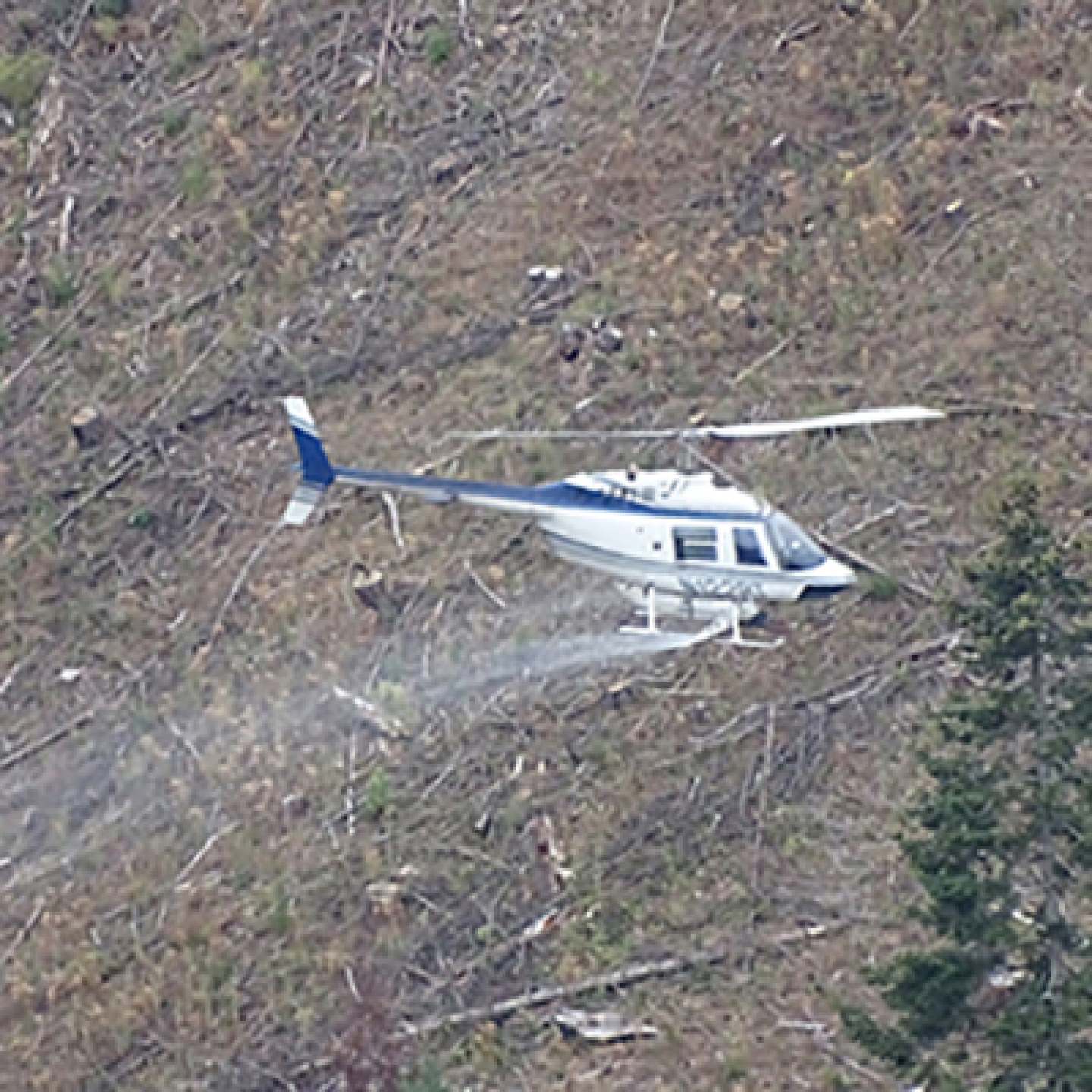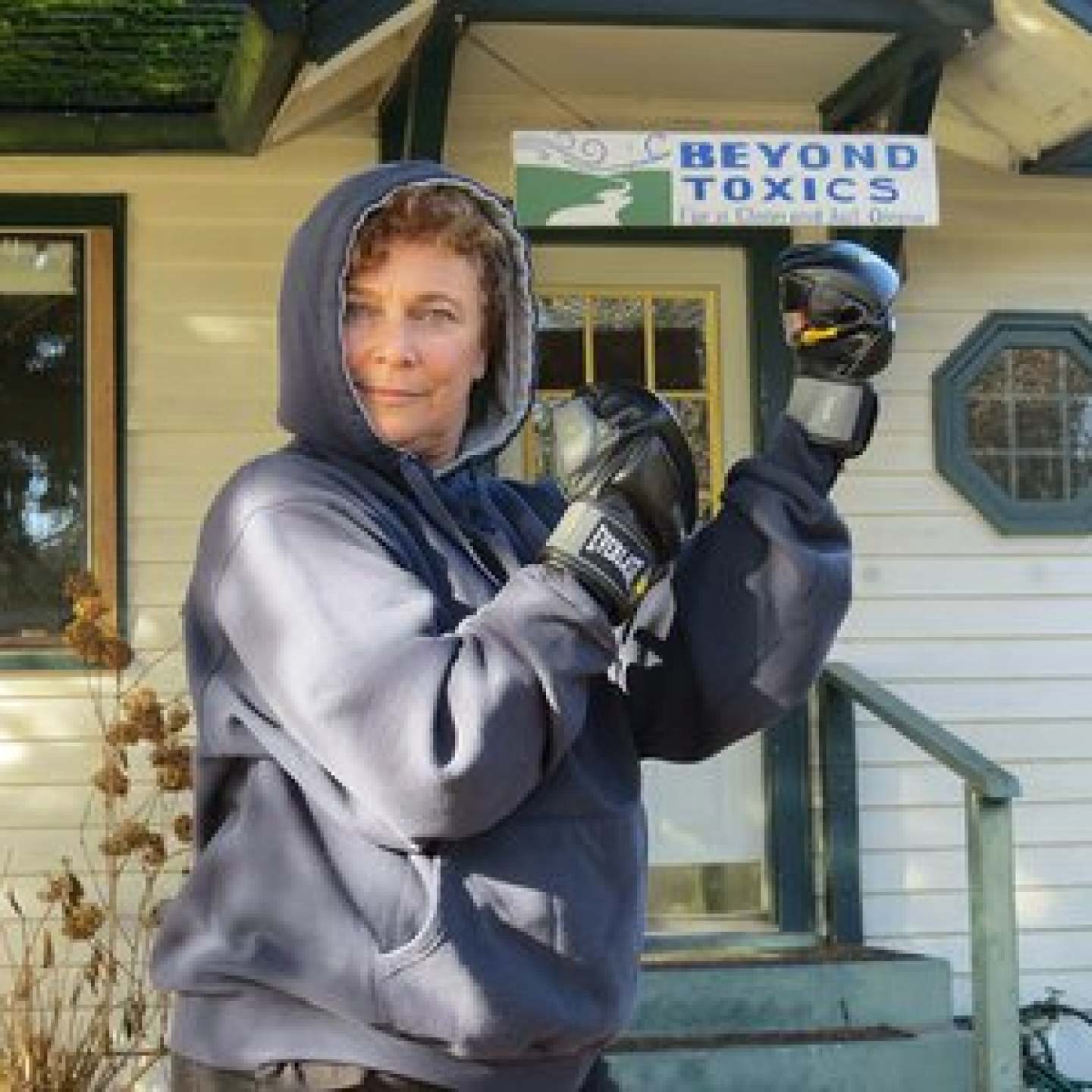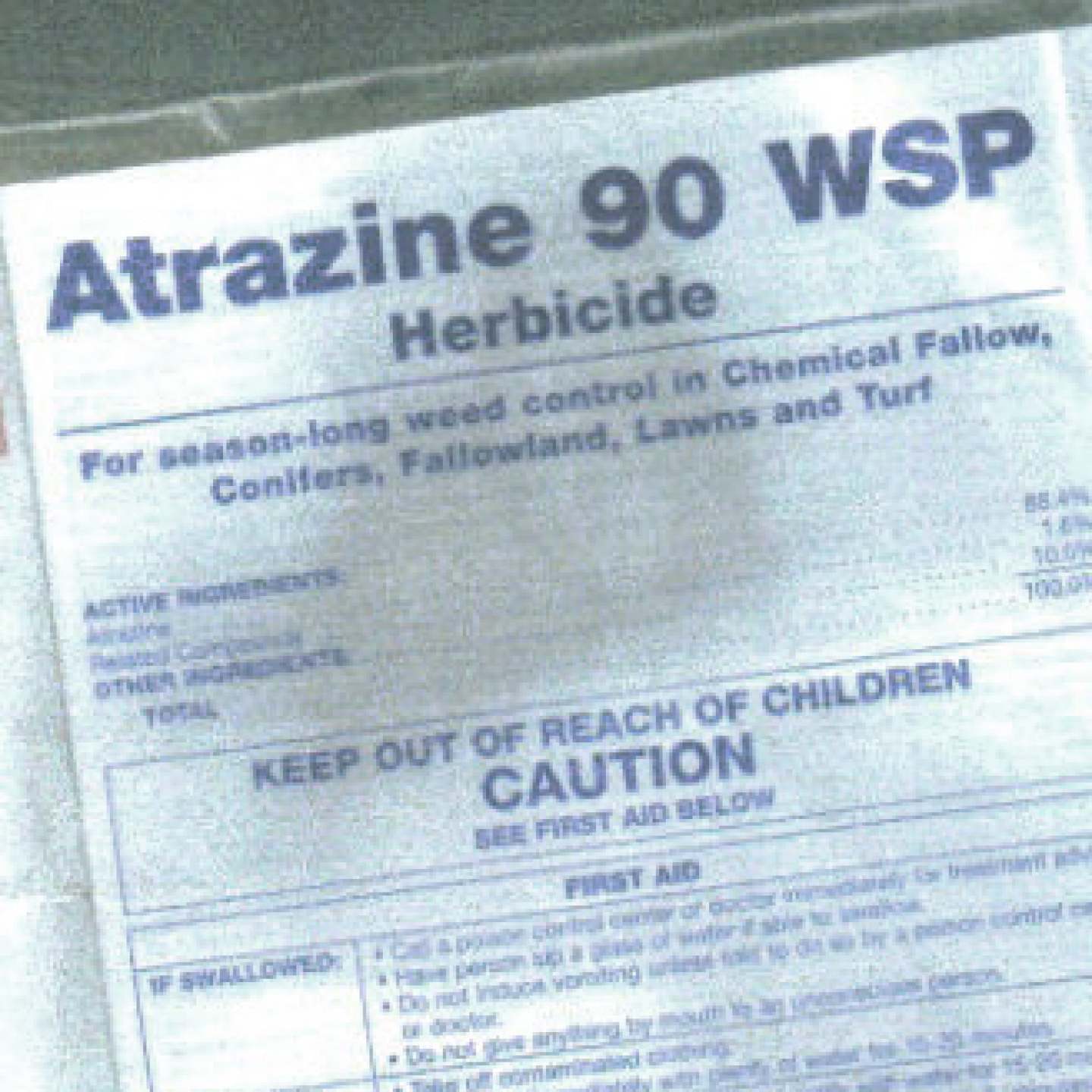When Allie McDermott and her partner heard the helicopter blades whirring early on a Sunday morning in March, they were stunned. As they ran up the road to see for themselves they thought, ‘There is no way an aerial spray could be happening on a Sunday!’
Beyond Toxics Speaks Truth to Timber's Tall Tales
The Register Guard published a Nov. 30 guest viewpoint written by former Lane County Commissioner, Anna Morrison, who no longer lives in Oregon. Displaying her ignorance, she suggested that aerial pesticide sprays are nothing to worry about.
If Morrison had done her homework about aerial sprays, she could have started with Arizona, her new home state.
Herbicides and Health Conference comes at the one-year anniversary of Oregon pesticide poisoning
One year ago, on October 16, 2013, people living near the town of Cedar Valley in Curry County could not have known that a helicopter pilot and a forestry consultant would carry out an aerial herbicide application above their homes. The pilot loaded his tanks with a concoction of 2,4D and triclopyr, two potent herbicides with a record of human health risks, and mixed them with petroleum oil. He flew four round trips over a residential area while carrying this chemical soup. As many as 45 residents became mysteriously ill after smelling chemicals fumes and feeling chemicals drop onto their faces.
Mourning the Results of the Government’s Conclusions on the Highway 36 Pesticide Study
I wish all of you reading this blog here were sitting with me as I write. Together we would mourn this week’s release of the report, Exposure Investigation: Biological Monitoring for Exposure to Herbicides in the Highway 36 Corridor. The report contains vague statistics about ways the government can “normalize” pesticide detections in our bodies.
Hide and Seek: What is the forest industry trying to hide?
As a result of an Register-Guard guest editorial last month, I sparked a firestorm of controversy proposing something simple and obvious: we should speak up if our government tries to convince the public not to worry about finding dangerous pesticides in the bodies of children who live in rural Oregon.










